[Freezing for a long time] 3 points to keep in mind when preserving vegetables
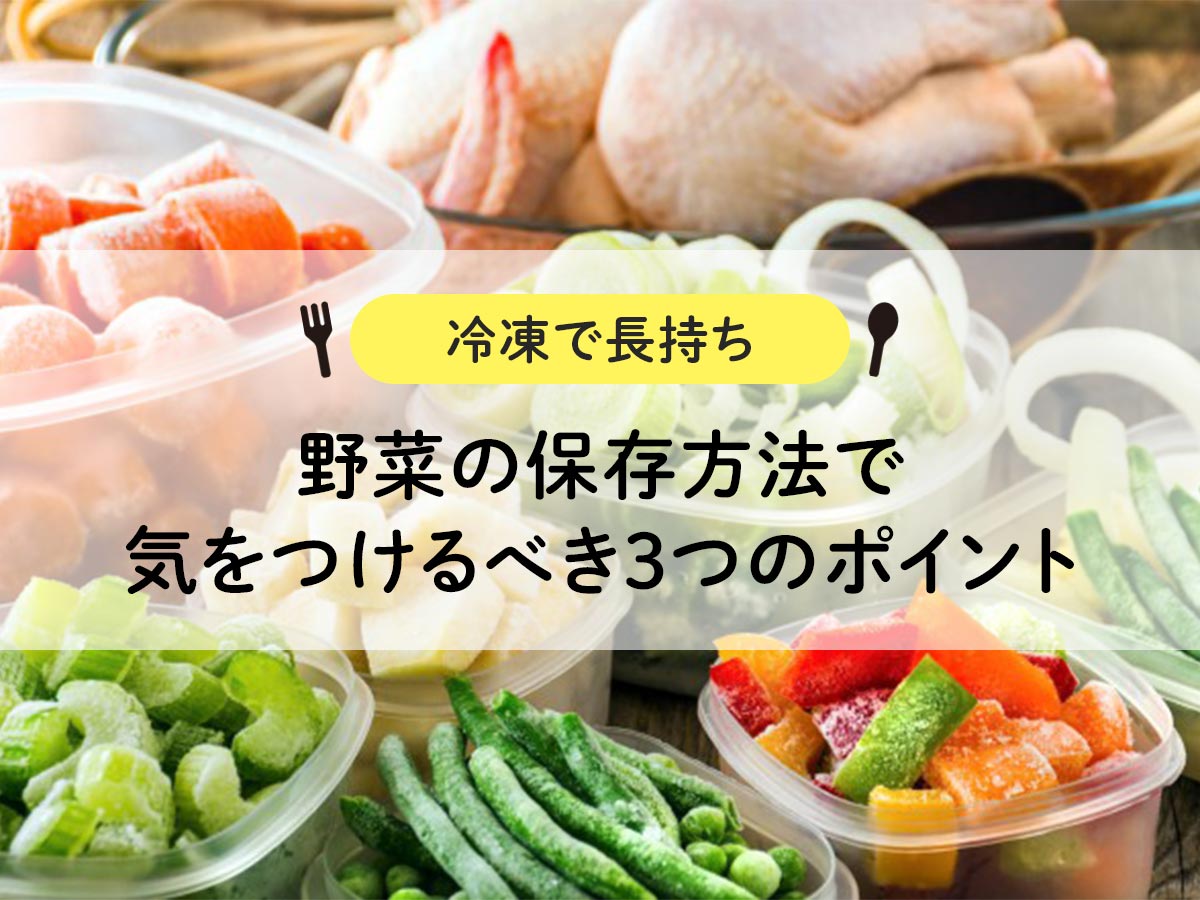
Do you buy too many vegetables and end up damaging them?
Vegetables are perishable, but freezing them will greatly extend their shelf life.
However, care must be taken when freezing. In order to maintain its deliciousness, it must be frozen properly.
You need to know the best methods and precautions when storing vegetables in the freezer, and use the freezing method suitable for each vegetable.
目次
Point 1: Learn the best way to store things in the freezer
It is widely known that freezing foods, including vegetables, extends their shelf life, but why does freezing make foods last longer?
The reason is that freezing can prevent spoilage and deterioration. Food spoilage occurs when bacteria become active and multiply.
At -18℃, which is the standard temperature for general freezers, bacteria cannot become active, so spoilage can be stopped.
Also, keeping the temperature low can prevent food from deteriorating. As a result, food can be stored for a long time.
Freezing can prevent spoilage and deterioration, but it is not enough to maintain deliciousness. Vegetables are particularly difficult to freeze and preserve due to their tissue structure and high water content.
Here are some great ways to freeze vegetables.
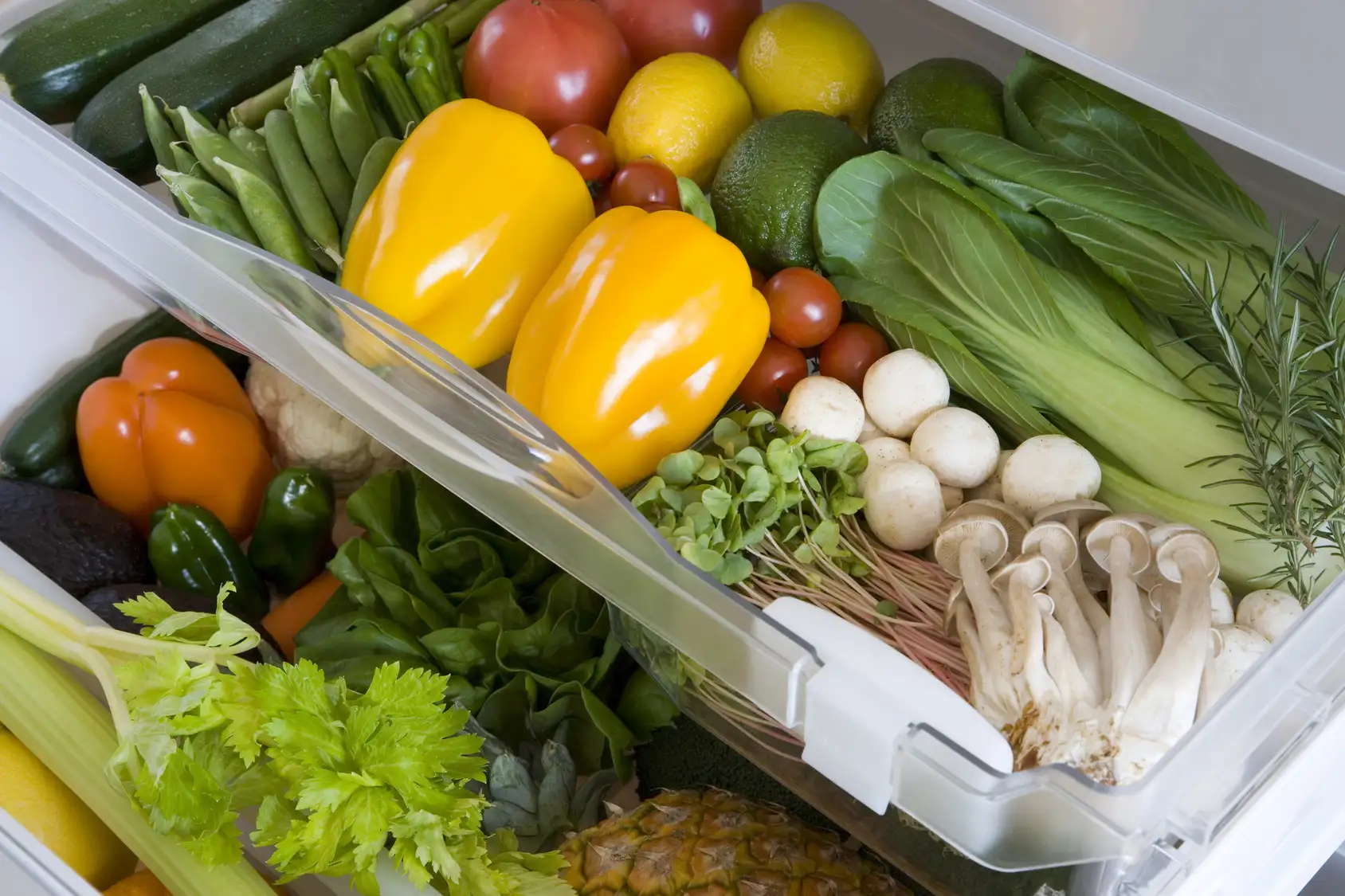
The most important thing when freezing vegetables is to freeze them quickly.
If the freezing time is too long, the ice crystals will grow as the water in the food freezes, resulting in a loss of flavor and taste.
By quickly passing through the temperature range where the water in the food turns into ice, it is possible to freeze the food without losing its flavor components.
To do this, first turn your freezer temperature setting to high. Avoid opening and closing the freezer as much as possible to prevent cold air from escaping.
If you put food in the freezer while it is warm, it will take longer to freeze and the internal temperature will rise, so let it cool thoroughly before placing it in the freezer.
When filling, be careful to fill the freezer completely. The food acts as a cold pack, preventing outside air from entering when the freezer door is opened.
Also, use plastic wrap or storage bags to seal the food so that it does not come into direct contact with the air, and flatten the food so that it has a large surface area that can be exposed to cold air.
You can freeze it quickly by placing it on a metal tray. Metals have high thermal conductivity, so they lower the temperature of food.
Among them, aluminum has 14 times higher thermal conductivity than stainless steel, so using aluminum trays will allow you to freeze food faster. It is also effective to use ice packs.
Point 2: Know which vegetables should be frozen raw
Freezing methods vary depending on the vegetable, and if you don't use the proper method, the taste and texture will change.
Let's take a look at how to preserve raw vegetables by freezing them, and what to keep in mind when cooking them.
green pepper
Cut in half, remove the stem and seeds, wash, drain and freeze. When using, cut frozen into bite-sized pieces and use in stir-fries, etc.
>> [Can it be frozen?] ] Introducing a good way to freeze green peppers and side dish recipes
onion
It is convenient to cut it into strips or chop it and freeze it. Place the cut onions in a storage bag, flatten them, and freeze them. When using it, use it frozen as an ingredient in stir-fries or soups.
By cutting and preserving it, you can use it in a variety of dishes, and since the fibers of the onion are broken, the sweetness increases when you heat it.
>> [Save onions in the freezer! ] Introducing recipes and methods for freezing onions
spinach
You can freeze it raw or boil it and freeze it. When using fresh frozen spinach, boil it in boiling water and use it in salads or stir-fries.
When using boiled and frozen spinach, thaw it in the microwave before using it as an ingredient in soups, etc.
>>Introducing recipes and methods for freezing spinach [Explanation with photos! ]
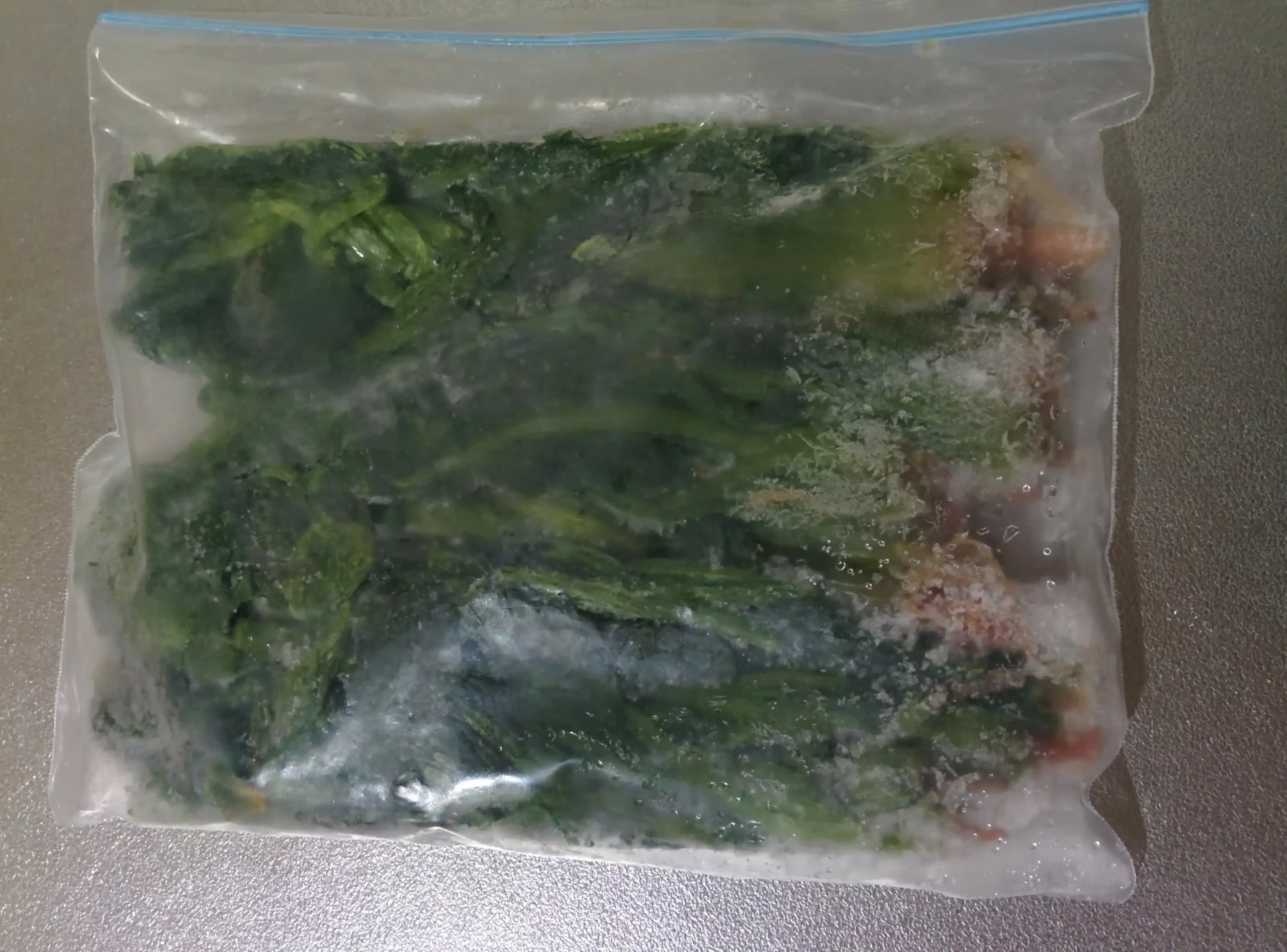
tomato
Remove the stems and freeze them whole or cut into pieces. When using whole frozen tomatoes, thaw them in the microwave before cooking, and when using finely chopped tomatoes, use them frozen as an ingredient in soups, sauces, etc.
However, it cannot be eaten raw as the texture deteriorates when frozen.
>> [Explanation with photos! ] How to freeze tomatoes, storage period, and 5 recipes!
corn
Peel, wrap each piece in plastic wrap and freeze. To use, place frozen meat in boiling water and boil for about 3 minutes, or heat frozen in the microwave for about 7 minutes.
>>> [Explanation with photos! ] Introducing recipes and methods for freezing corn
Japanese white radish
Cut into 3cm thick rounds, wrap in plastic wrap and freeze. When using, use half-thawed daikon radish, grated daikon radish, simmered dishes, or vinegared dishes.
Also, if you put the cut daikon radish in a storage bag with seasonings such as soy sauce and sugar and freeze it, the flavor will soak in and it will be delicious when used in stews.
>> [Freezing Preservation Tips Series] How to freeze radish deliciously and reference recipes!
cabbage
Cut it into convenient sizes, put it in a storage bag and freeze it. When ready to use, thaw it briefly in the microwave, squeeze out the water, and use it in salads or seasoned dishes.
If you want to use it as an ingredient in stir-fries or soups, cook it while frozen.
mushrooms
Remove the stones and cut into convenient sizes and freeze. When using it, use it as an ingredient in stir-fries or stews while frozen. Most mushrooms become more flavorful when frozen, and nameko and shiitake mushrooms in particular become much more delicious.
However, when you freeze king king king mushrooms and bunashimeji mushrooms, the flavor increases, but they also become softer, so you need to be careful.
>> How to freeze mushrooms and recipes
Point 3: Know which vegetables should be prepared and frozen
Vegetables that are frozen raw will change their texture and lose their flavor, so they need to be prepared.
I would like to take a look at vegetables that can be frozen by pre-processing them.
Okra
Boil it until hard, cut it into rounds, then put it in a storage bag and freeze it to make it easier to prepare. When using it, thaw it in the microwave and put it on top of tofu or udon noodles.
>> [Explanation with photos! ] Introducing recipes and methods for preserving okra in the freezer
Pumpkin
Cut into bite-sized pieces, boil, and freeze individually to prevent them from sticking together, or crush and freeze in a storage bag. When ready to use, place frozen in a pot and bring to a boil.
Since the food is already cooked, you can shorten the cooking time. Smashed pumpkin can be used as a filling for puddings and cakes.
>> [Explanation with photos! 】How to freeze pumpkin, storage period, and 5 recipes
bean sprouts
Lightly boil, drain and freeze. When using, cook while frozen, as the texture will deteriorate if you let it thaw naturally. Use as an ingredient in stir-fries and miso soup.
>> [Supervised by a nutritionist! ] How to freeze bean sprouts, storage period, and 5 recipes!
cucumber
If you freeze it as is, the texture will change due to the high water content. Cut into thin rounds, sprinkle with salt, remove enough moisture, and freeze.
When ready to use, thaw naturally and make vinegared dishes.
>> [Explanation with photos! ] How to freeze cucumbers and 5 recipes!
Edamame
Boil until firm and freeze. To use, place frozen in boiling water and boil for about 2 minutes. It is delicious as a topping for dressing, or eaten as is.
>> [Explanation with photos! ] Introducing recipes and methods for freezing edamame
potato
If you freeze it raw, the texture will be bad, so cook it and crush it before freezing. When ready to use, defrost naturally and cook into potato salad, croquettes, etc.
>> [Must see for moms! ] How to freeze potatoes and an excellent time-saving recipe!
sweet potato
Cut into 1cm rounds, boil, drain and freeze. When using it, use it as an ingredient in soups or stews while frozen.
It is also delicious when mashed and made into sweet potatoes.
yam
Peel and grate, mix with a few drops of vinegar to prevent discoloration, place in a storage bag and freeze until flat. When ready to use, thaw the bag under running water and eat with gooey rice.
If the color changes, you can add it to your okonomiyaki and eat it without worrying.
>> [Explanation with photos] How to freeze long items, storage period, and 5 recipes!
Burdock
Cut them into pieces, expose them to water to remove the scum, quickly blanch them in boiling water, and freeze them. When using it, cook it in boiled or stir-fried dishes while frozen.
Since the preparation is completed, the cooking time is shortened.
>> [Explanation with photos! ] Introducing the method and recipe for freezing burdock root
broccoli
Divide into smaller bunches, boil in salt until firm and freeze. When using it, use it frozen as an ingredient in stir-fries or soups.
>> [Become a good cook! ] Introducing how to freeze and thaw broccoli
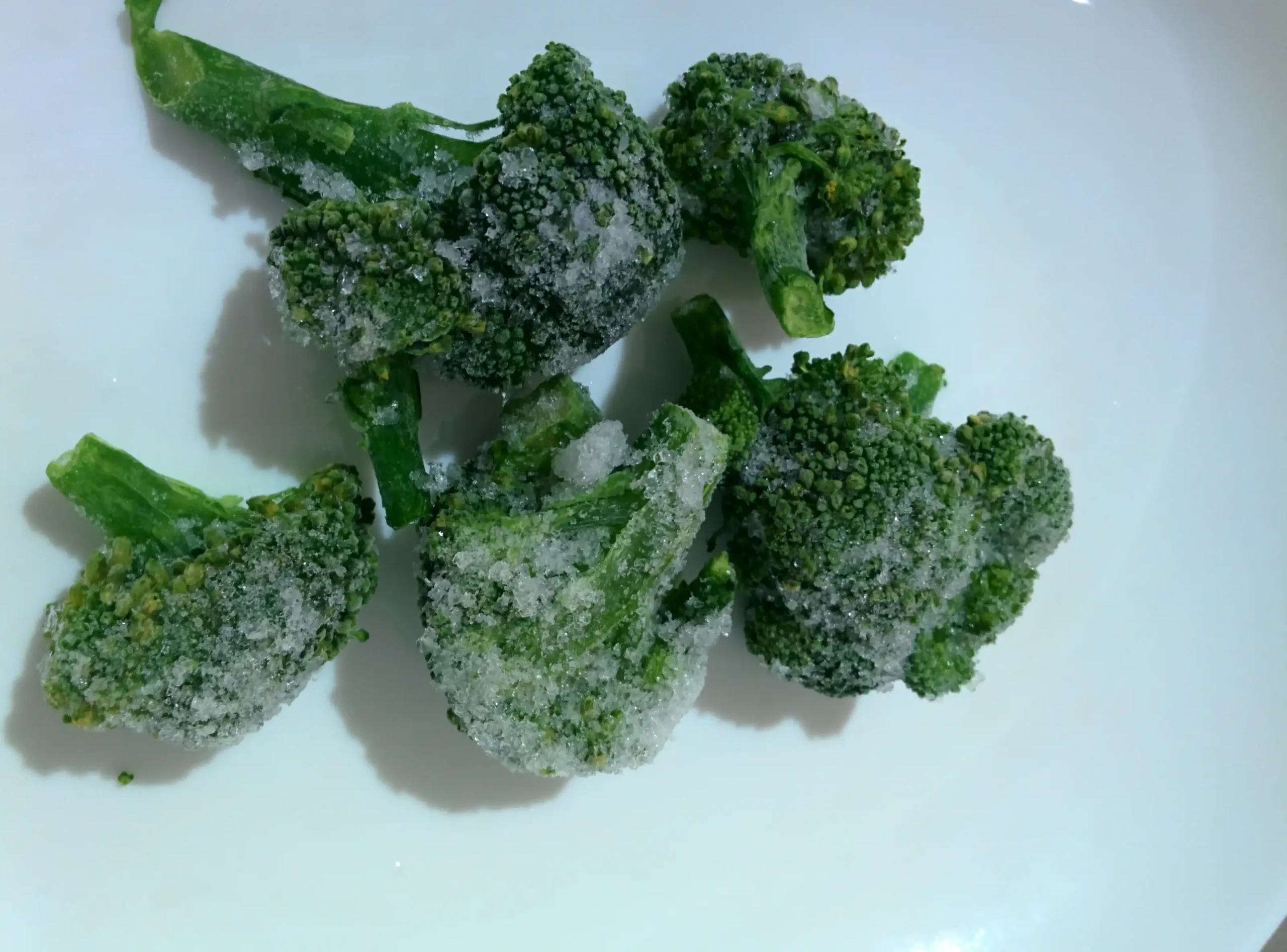
Lotus root
Peel it, cut it into thin rounds, soak it in vinegar water to remove the scum, drain it, wrap it in plastic wrap and freeze it. When using it, cook it in stir-fries or stews while frozen.
It is also delicious in fried foods such as tempura.
>> [Explanation with photos! ] A good way to freeze lotus roots and recipes to use them!
Conclusion
Even vegetables that you think cannot be frozen can be stored for a long time while maintaining their delicious taste by freezing properly.
If frozen properly, it can be stored for 2 weeks to 1 month.
Let's make good use of "freezing" in order to use vegetables effectively without wasting them.








![[Storage period increased by 30 times! ] Achieving a stable supply of raw whitebait!](https://shunkashutou.com/wp-content/uploads/2016/11/579c55e6d32e1385c250e8e7c3ed59a71.jpg)
![[Sales increased 100 times! ] rapid freezing the signature menu “Ni-katsu sandwich”!](https://shunkashutou.com/wp-content/uploads/2016/11/IMG_02391.jpg)
![[Horse sashimi] We have significantly reduced waste loss with rapid freezer!](https://shunkashutou.com/wp-content/uploads/2016/11/5fda59d0cbcdabde18e58c3c58c09ed0.jpg)




![[Storage period increased from 3 days to half a year! ] Restaurants are expanding their business using wholesale and mail order!](https://shunkashutou.com/wp-content/uploads/2018/04/66c19942ab4ba346fdb64ccc04cde373.png)
![[Reduce loss from 200 kg of oysters to zero] Improve loss and expand business with rapid freezer](https://shunkashutou.com/wp-content/uploads/2018/06/19785ca583a8d3c4041c7c192d041b0d.jpg)














![[Can it be frozen? ] How to freeze and thaw okonomiyaki, arrangement recipe!](https://shunkashutou.com/wp-content/uploads/2024/01/58bc763c02f23a2a6442d6449853a67b.jpg)
![[A little different! ? ] How to defrost frozen udon and 7 different recipes!](https://shunkashutou.com/wp-content/uploads/2023/08/91fb1e27ec38400acc9b3b6ca6233f65.jpg)
![[Explanation with photos] How to freeze nagaimo, storage period, and 5 recipes!](https://shunkashutou.com/wp-content/uploads/2023/09/c46c238f2048d76de403dfd81ddad1f3.jpg)
![[Introducing tricks and time-saving techniques! ] How to freeze ginger-yaki, carefully selected recipes](https://shunkashutou.com/wp-content/uploads/2023/10/ef145c31655c5774469e05b5e892207b.jpg)

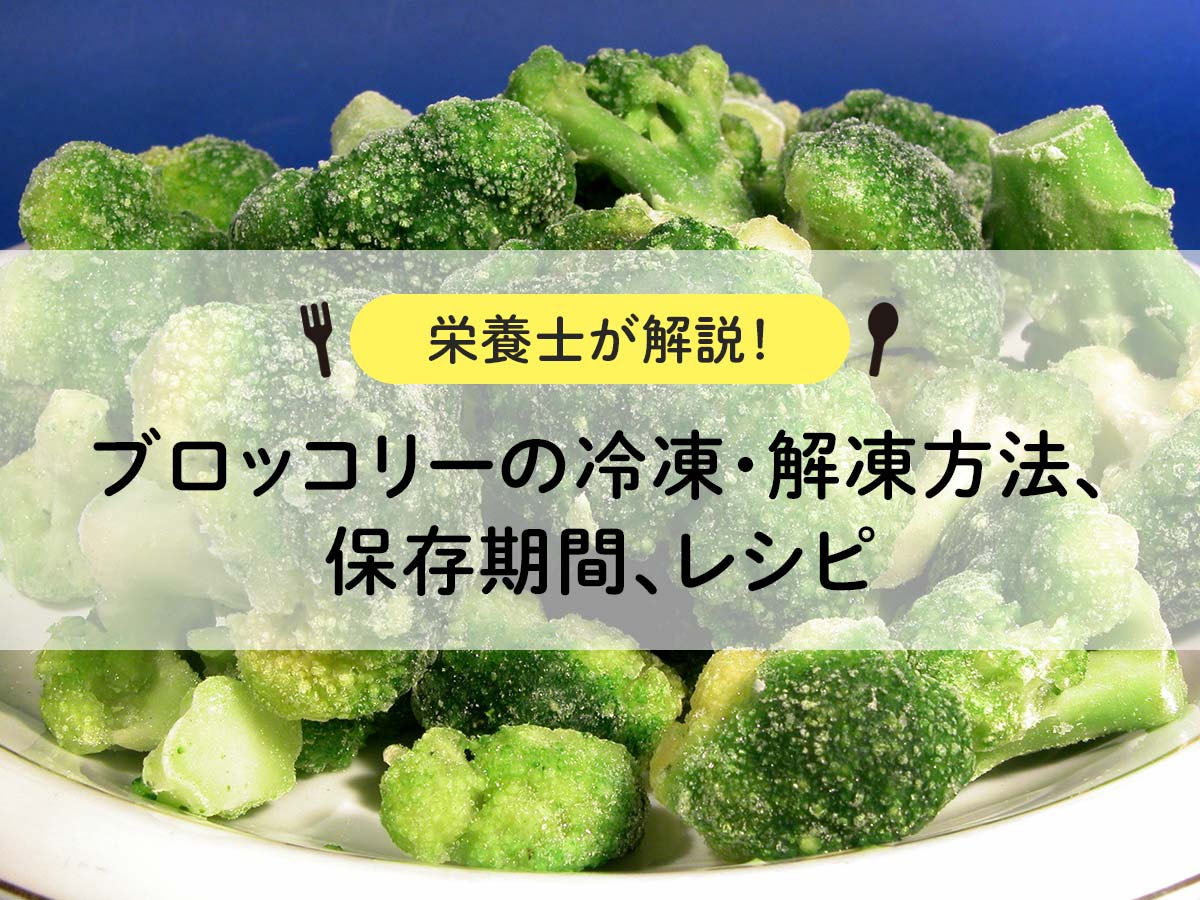
![How to freeze parsley, nutrition, and 5 easy recipes! [Solved with photos! ]](https://shunkashutou.com/wp-content/uploads/2023/09/paseri-768x513-1.jpg)
![[Is it more nutritious than raw? ] Introducing recipes and how to preserve frozen blueberries](https://shunkashutou.com/wp-content/uploads/2023/07/bdc074d8bfa2dc63c2c7bf92dc1dd07d.jpg)
![How to freeze rice cake, expiry date, and 5 recipes! [Explanation with photos! ]](https://shunkashutou.com/wp-content/uploads/2023/10/bd019f04ad570f697ffefe9ffd2e1e71.jpg)
![[Can it be frozen? ] How to freeze milk, storage period, and 5 recipes!](https://shunkashutou.com/wp-content/uploads/2023/09/d0390cbc7a5e9a76c11d5b9eff3b4a5b.jpg)

![[Thorough Guide to Preserving Sweets] Introducing the freezing method, storage period, and thawing method in detail!](https://shunkashutou.com/wp-content/uploads/2023/10/bffcbc0b6e79bb1af6e05b930e11e949.jpg)
![[Explanation with photos] How to freeze peaches, storage period, and 5 recipes!](https://shunkashutou.com/wp-content/uploads/2023/09/b454a38d482a64b14d55d2560aa4193a.jpg)
![Explaining how to freeze garland chrysanthemums with photos! [Defrosting and storage period, 5 recipes]](https://shunkashutou.com/wp-content/uploads/2023/10/syungiku-catch-768x512-1.jpg)
![[Can it be frozen?] Stew freezing method, storage period, and arrangement recipe](https://shunkashutou.com/wp-content/uploads/2023/10/f599b814ea21eef57604e4ceb2518d5b-1.jpg)
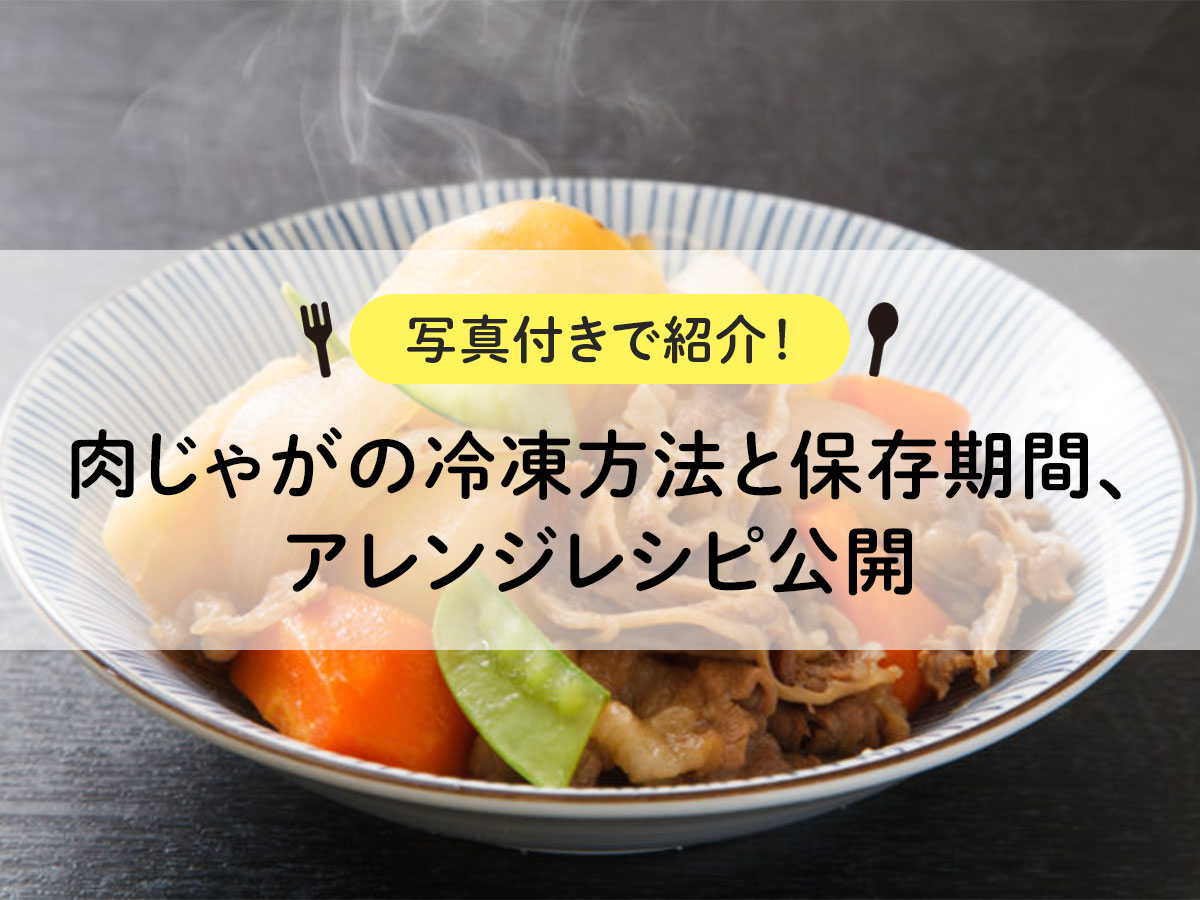
![[With photos] Lemon freezing and storage period, recipes for how to use frozen lemons](https://shunkashutou.com/wp-content/uploads/2023/09/21a01b705aff194717e200bf6dc6ce5b.jpg)
![[Explanation with photos] How to freeze winter melon, storage period, and 5 recipes!](https://shunkashutou.com/wp-content/uploads/2023/10/8c301e3fcfbb9c7f457d8b05dfea902d.jpg)
![How to freeze/thaw turnips, storage period, and 5 recipes [Explanation with photos]](https://shunkashutou.com/wp-content/uploads/2023/09/eae0789d04cc4971cf4232963b4d2231-1.jpg)
![How to freeze grapes, thaw them, storage period, and 5 recipes! [Explanation with photos! ]](https://shunkashutou.com/wp-content/uploads/2023/07/c773e4ee54900a04329b03d0df5c7834.jpg)
![Introducing how to freeze mushrooms and recipes [Explanation with photos! ]](https://shunkashutou.com/wp-content/uploads/2023/09/a4b193bf883e378a4d3fb316b2edaf43.jpg)
![Introducing the method and recipe for freezing shimeji mushrooms [Explanation with photos]](https://shunkashutou.com/wp-content/uploads/2023/09/shimeji-768x510-1.jpg)
![[Explanation with photos! ] How to freeze taro, storage period, and 5 recipes!](https://shunkashutou.com/wp-content/uploads/2023/10/116858380_-768x512-1.jpg)
![Introducing how to freeze ginger and recipes [Explanation with photos]](https://shunkashutou.com/wp-content/uploads/2023/09/myoga4-624x432-1.jpg)
![[Explanation with photos] Freezing and storage period of yellowtail fillets, carefully selected recipes!](https://shunkashutou.com/wp-content/uploads/2023/08/2613b1c938d382e3afc17125432167f0-1.jpg)
![Introducing recipes and methods for freezing spinach [Explanation with photos! ]](https://shunkashutou.com/wp-content/uploads/2023/10/spinachh-768x512-1.jpg)
![[Easy and delicious] How to make and thaw frozen eggs, applied recipes](https://shunkashutou.com/wp-content/uploads/2023/08/6b20ec40a9845d4a62952c143f83456f.jpg)

![How to freeze tomatoes, storage period, and 5 recipes! [Explanation with photos! ]](https://shunkashutou.com/wp-content/uploads/2023/10/tomato-768x513-1.jpg)
![[Explanation with photos! ] A good way to freeze lotus roots and recipes to use them!](https://shunkashutou.com/wp-content/uploads/2023/10/adac4ea3f269121c4cb5e74b323508f5.jpg)
![How to freeze cucumbers and 5 recipes! [Explanation with photos! ]](https://shunkashutou.com/wp-content/uploads/2023/09/37a83e91a989dfbc285ac11dede7c8c2.jpg)
![[Can it be frozen? ] Introducing a good way to freeze green peppers and side dish recipes](https://shunkashutou.com/wp-content/uploads/2023/09/30407f106c5c082468c66af0d40c5858.jpg)
![[Explanation with photos! ] Shiitake mushroom freezing method and storage period, 5 recipes](https://shunkashutou.com/wp-content/uploads/2023/09/shiitake-768x512-1.jpg)
![[Freezing Preservation Tips Series] How to freeze radish deliciously and reference recipes!](https://shunkashutou.com/wp-content/uploads/2023/08/0248ce56316e8dc86c8a3ea85ff1a479.jpg)
![[Explanation with photos! ] Introducing the method and recipe for freezing komatsuna](https://shunkashutou.com/wp-content/uploads/2023/09/5d2a19a6e6cfb5ad0329d8fce162f292.jpg)
![Introducing recipes and methods for good frozen preservation of okra [Explanation with photos! ]](https://shunkashutou.com/wp-content/uploads/2023/10/616c25d6c59f80c7a09effe2edc5ef92.jpg)
![How to freeze and thaw chestnuts, storage period, and 5 recipes! [Explanation with photos]](https://shunkashutou.com/wp-content/uploads/2023/09/c590a9e6fb16ed45fe2fdd32813de03b.jpg)
![How to freeze delicious strawberries and 5 recipes! [Explanation with photos! ]](https://shunkashutou.com/wp-content/uploads/2023/09/1509eaf30e7a2fc1b5bbc88ae15a4034-1.jpg)
![Introducing how to freeze corn and recipes [Explanation with photos! ]](https://shunkashutou.com/wp-content/uploads/2023/08/195a6cd4120bbae043606a677c71a7dc.jpg)
![[Explanation with photos! ] How to freeze beef, storage period, and 5 recipes!](https://shunkashutou.com/wp-content/uploads/2023/07/8717f2a867f52157bab47841b0f29019.jpg)
![Introducing recipes and methods for freezing and thawing bananas [Explanation with photos! ]](https://shunkashutou.com/wp-content/uploads/2023/07/494e7567627fb35e47ee5cb0e06e142c.jpg)
![How to freeze potatoes and a great time-saving recipe! [Moms must see! ]](https://shunkashutou.com/wp-content/uploads/2023/10/potato1-768x512-1.jpg)
![[Delicious frozen squid recipe! ] Tips on how to eat squid deliciously and without waste](https://shunkashutou.com/wp-content/uploads/2023/10/f3bc339b6bcaff01bd8e2aaa4257acfe.jpg)
![[Just the meat from the field! ] Introducing how to freeze tofu and meat imitation recipes!](https://shunkashutou.com/wp-content/uploads/2023/10/100675242-768x512-1.jpg)
![[Includes grilling instructions] How to freeze hamburger steak, storage period, and carefully selected recipes!](https://shunkashutou.com/wp-content/uploads/2023/09/eb3a531f7fd023f973240f698c092b64.jpg)

![[Can it be frozen? ] How to freeze konjac and diet recipes](https://shunkashutou.com/wp-content/uploads/2023/09/ec03b3e5cdefedf8f295de7ebb781752.jpg)

![[Osechi remake dishes too! ] Introducing the method and recipe for freezing black beans](https://shunkashutou.com/wp-content/uploads/2023/09/9bcd5b0667eef32b7c7daf786e01172f.jpg)
![How to freeze celery, nutrition, and 5 recipes! [Explanation with photos! ]](https://shunkashutou.com/wp-content/uploads/2023/09/serori-768x512-1.jpg)
![[How to use leftover sashimi! ] Introducing frozen preservation methods and arrangement recipes](https://shunkashutou.com/wp-content/uploads/2023/10/7451dbe2231dbc559fe002350b8add67.jpg)
![[Lunch boxes are easy! ] Techniques and recipes for effectively using frozen side dishes](https://shunkashutou.com/wp-content/uploads/2023/07/reitou-bento-1024x682-1.jpg)
![Introducing the frozen preservation method and recipe for bamboo shoots [Explanation with photos! ]](https://shunkashutou.com/wp-content/uploads/2023/07/4c47b443710cb5788386ab6fd1fa0a07.jpg)
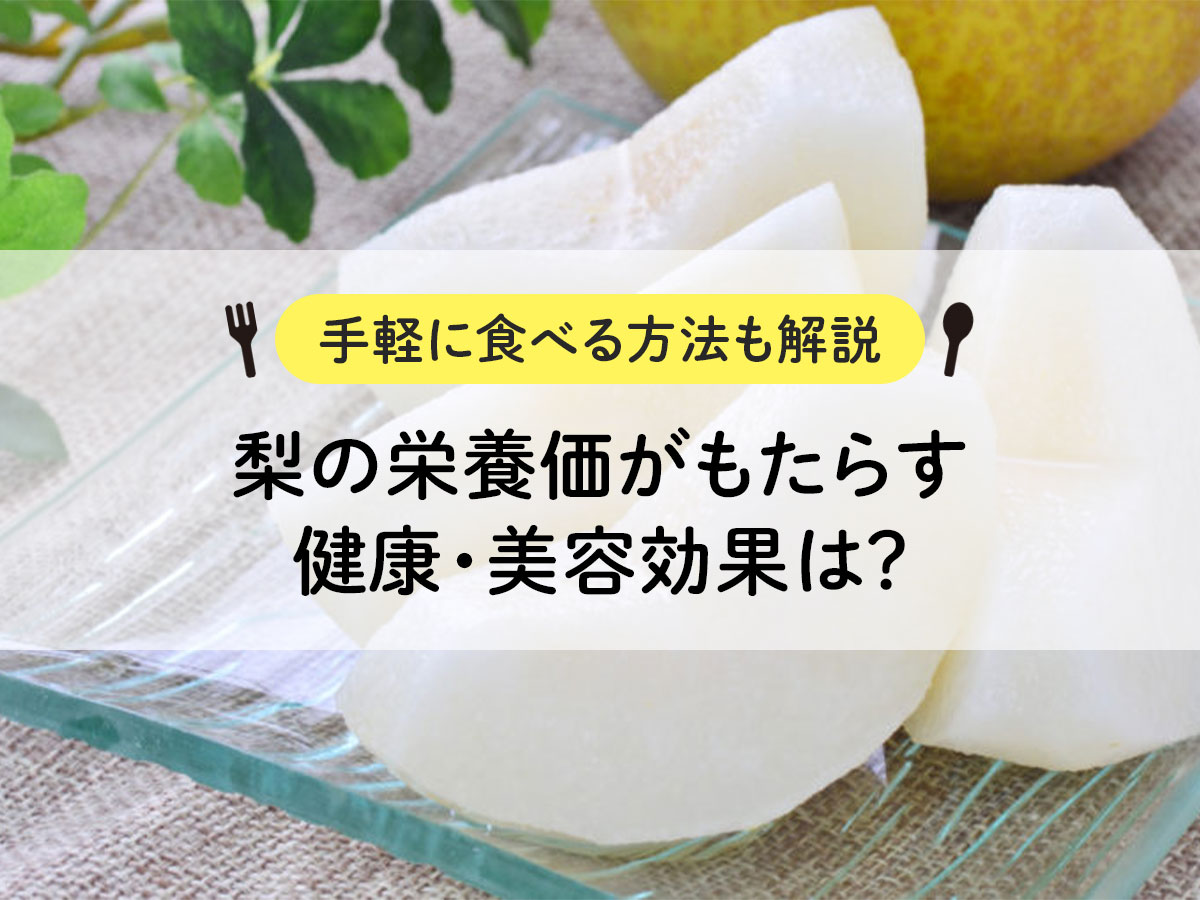
![[Explanation with photos! ] How to freeze and fry croquettes, 5 carefully selected recipes](https://shunkashutou.com/wp-content/uploads/2023/09/b364ee97a71777f9dd2e35fddbbdda72.jpg)
![[Recommended for those living alone! ] How to freeze rice, storage period, and easy recipes!](https://shunkashutou.com/wp-content/uploads/2023/08/b3c2c946949856ed2c8a8098eacf6641.jpg)
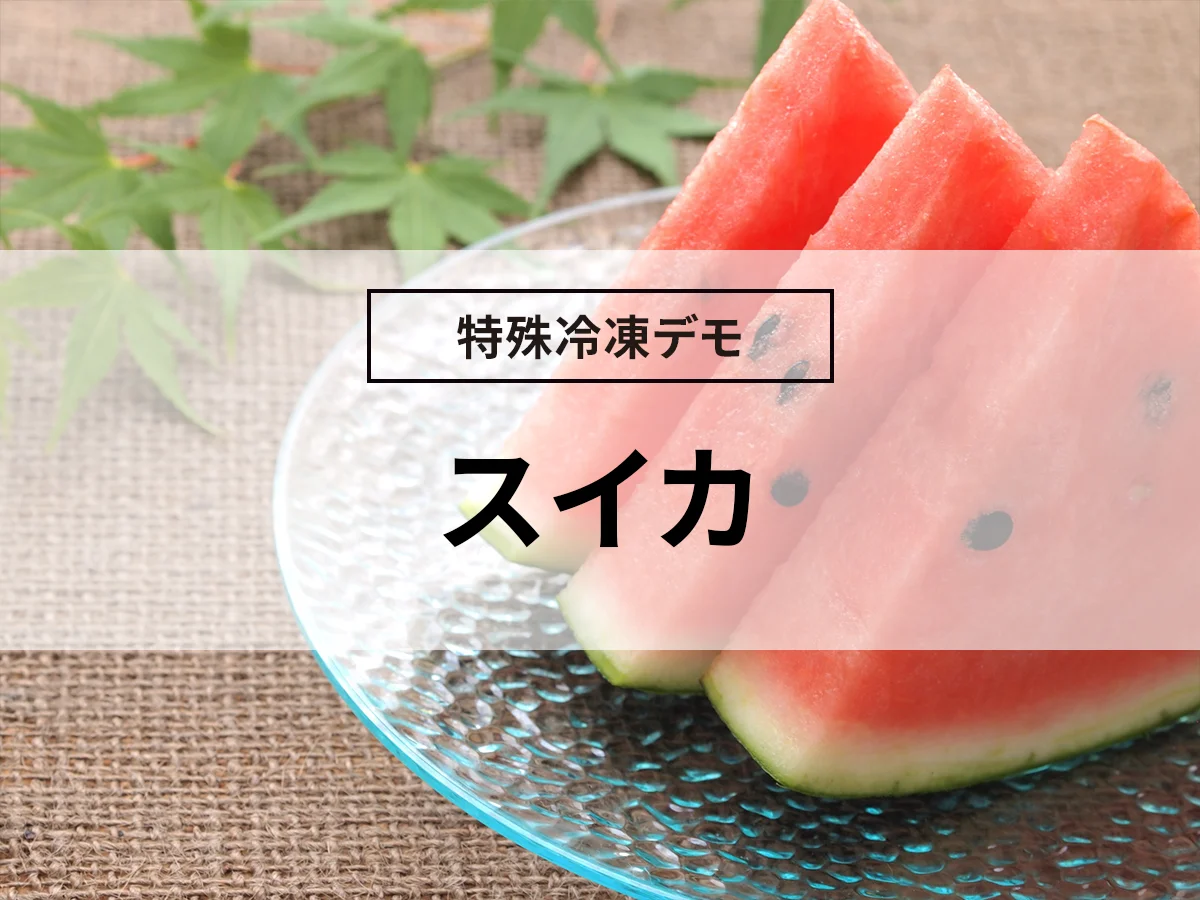
![How to freeze apples and what is their nutritional value? Perfect for baby food! [Explanation with photos! ]](https://shunkashutou.com/wp-content/uploads/2023/10/cf0380a4b371d2f43e0f0ed99c7344a2.jpg)
![[Supervised by a nutritionist! ] How to freeze bean sprouts, storage period, and 5 recipes!](https://shunkashutou.com/wp-content/uploads/2023/09/34f4d39c30e79629a89bf54221841964.jpg)
![How to freeze bitter gourd and 5 recipes! [Explanation with photos! ]](https://shunkashutou.com/wp-content/uploads/2023/09/8fe0cb793c93d4fd4c26f352d17e5b87.jpg)
![How to freeze mizuna and 5 recipes! [Explanation with photos! ]](https://shunkashutou.com/wp-content/uploads/2023/09/b22c59559b7316b40d35d2555434791e.jpg)



